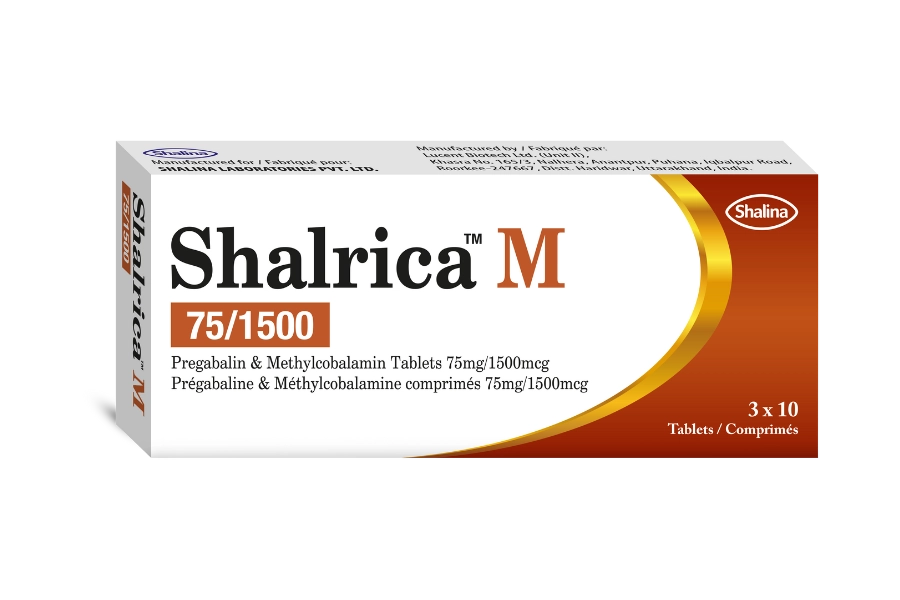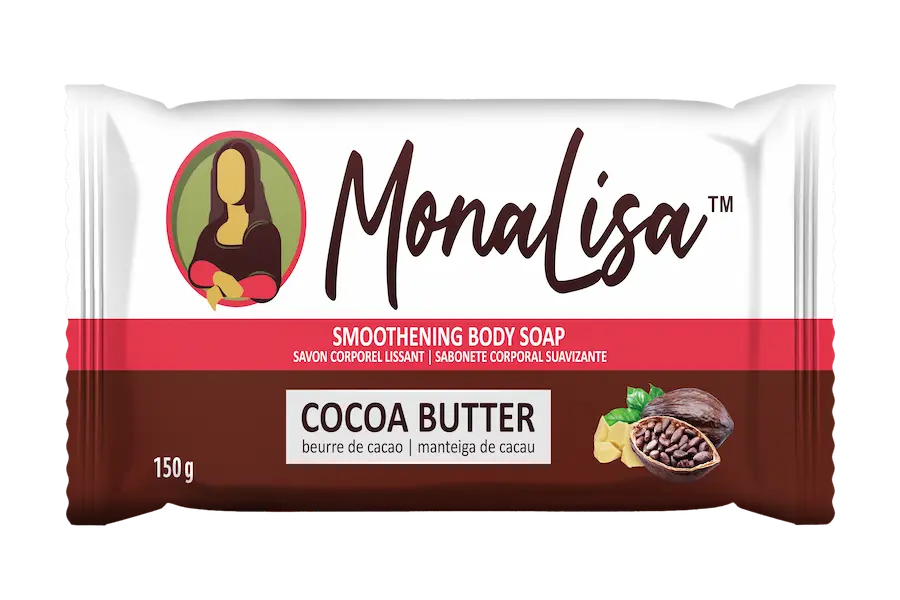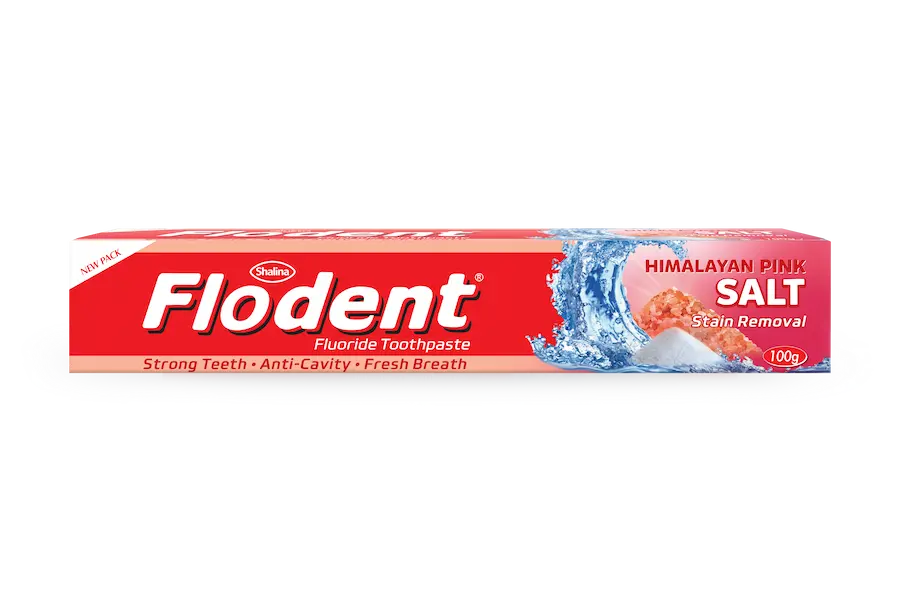We all know that headaches are a pain – literally. While migraines and tension headaches tend to get all the attention, some lesser-known types might surprise you. These unusual headaches may not be as common, but they can be just as disruptive. Understanding the differences can help you seek the right kind of treatment. Here’s a rundown:
Exertional Headaches
Exertional headaches are triggered by intense physical activity like running, weightlifting, or even sneezing. They feel like a throbbing ache throughout your head. They can last a few minutes or up to two days. If you’ve never had one before, it’s wise to see a doctor, as they could indicate a deeper issue. Treatments include over-the-counter pain relief, beta-blockers, or further testing if linked to heart health issues.
Hypnic Headaches
Known as “alarm clock” headaches, these wake you from sleep with throbbing pain on both sides of your head, often with a side order of nausea or light sensitivity. They’re more common in people over 50, they’re rare but persistent, with attacks several times a week. Treatment includes caffeine or specific medications only a doctor can prescribe. Some people find that drinking a small amount of coffee before bed, under medical advice, can reduce the frequency.
Ice Pick and Thunderclap Headaches
Ice pick headaches are sudden, sharp, and brief, while thunderclap headaches hit like a bolt, peaking in seconds. Both require medical attention, as they might signal serious conditions like strokes or vascular issues.
Nummular Headaches
This rare type involves coin-shaped, localized pain that can last for days or months. Though benign, intense cases may require medication like naproxen or gabapentin.
If your headache feels out of the ordinary or isn’t easing with over-the-counter pain remedies, you shouldn’t ignore it, brush it off or try to push through. Some headaches are your body’s way of waving a red flag so it’s best to consult a healthcare professional for the best advice and peace of mind.
References
https://pmc.ncbi.nlm.nih.gov/articles/PMC4117064/
https://www.webmd.com/migraines-headaches/understanding-headache-basics

























































































































































































































